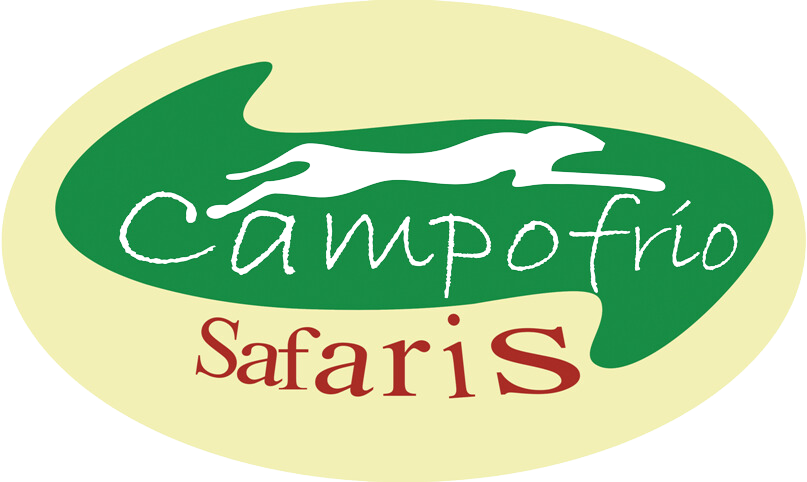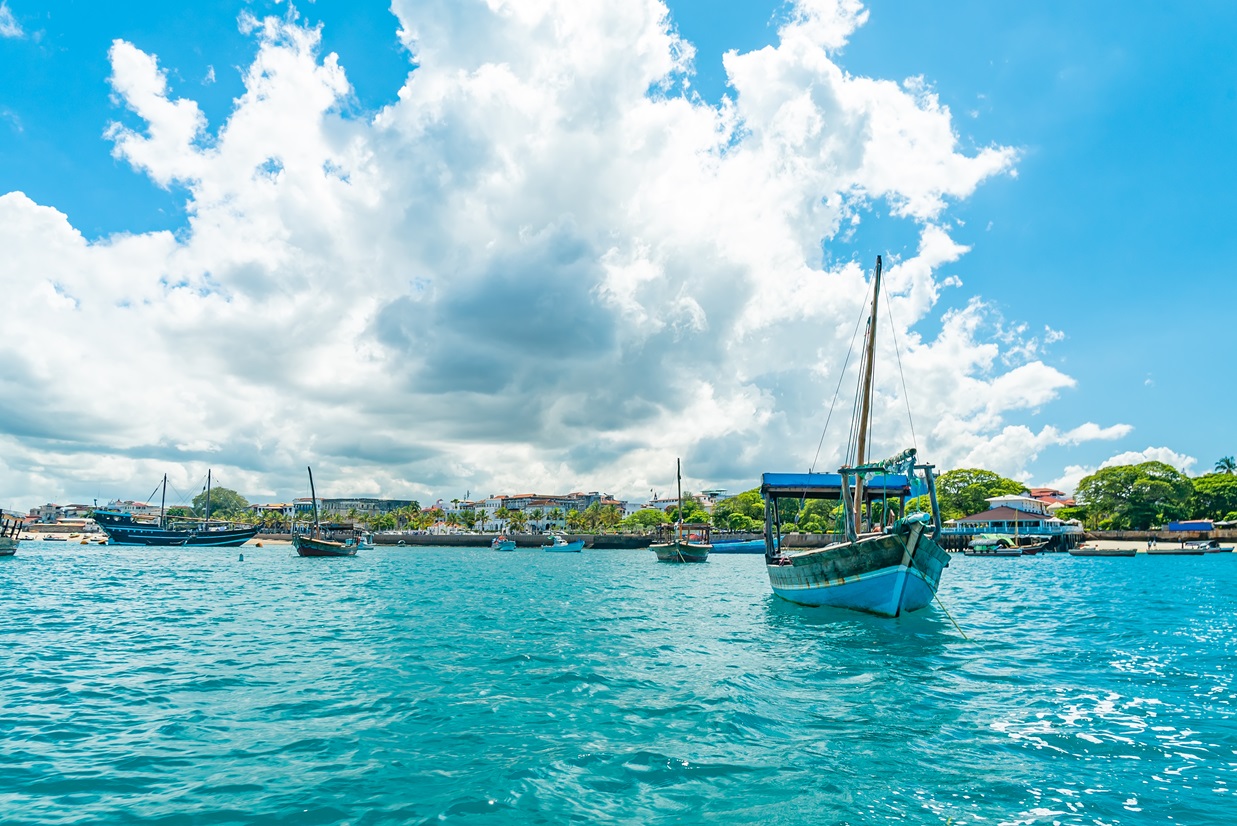Aberdare National Park boasts a vast diversity and robust population of wildlife. Avid wildlife enthusiasts will have the pleasure of seeing every member of the renowned African Big 5, elephants, lion, leopard, buffalo, and rhino in their natural habitat, with sightings of elephant and buffalo almost guaranteed. Aberdare National Park also has the second largest black rhino population.
The Aberdare National Park is a Picturesque, steep forested ravines and open moorland conservation area that provides a habitat for elephants, black rhinos, leopards, spotted hyenas, olive baboons, black and white colobus monkeys, buffalos, warthogs and bushbucks among others. Rare sightings include those of the Giant Forest hog, bongo, golden cat, serval cat, African wild cat, African civet cat and the blue duiker. Visitors can indulge in picnics, trout fishing in the rivers and camping in the moorlands. Bird viewing is rewarding, with over 250 species of birds in the park, including the Jackson’s Francolin, Sparrow hawks, goshawks, eagles, sunbirds and plovers.
Aberdare National Park: The Experience
Regarded as one of Kenya’s top parks to visit for both first-time and avid safari-goers, the Aberdare National Park is a fairly small national park located in Kenya’s cool central highlands along the Great Rift Valley. Aberdare National Park boasts two unique landscapes; a moorland plateau and areas of dense rainforest and lush mountainous regions of valleys, rivers, waterfalls, and forests. The Aberdare National Park offers a totally different safari experience to the better-known, open savannah parks of Kenya. When you visit the Aberdare on safari, you’ll not only enjoy unique and spectacular scenery, you’ll also experience excellent game viewing. The Aberdare National Park is well located and easy to get to, making it a great addition to your Kenyan safari itinerary.
In addition to the Big 5, Aberdare National Park is home to a distinct variety of remarkable and extremely rare wildlife species and forest-dwelling game. Some of the rare species you may be lucky enough to see include, the black serval, the black leopard, the black-and-white Colobus monkey, skyes monkey, golden cat, giant forest hog, the nocturnal greater galago, Harvey’s red duiker, and the eastern bongo, the country’s most elusive antelope that lives in the bamboo forests.
Aberdare National Park: Birdlife
The forests and moorlands of Aberdare NP are a birder’s paradise – more than 290 species have been recorded. The striking Hartlaub’s turaco is just one of the interesting visitors at the bird feeding platforms at the tree hotels. The indistinct Aberdare cisticola is endemic, and therefore unique, to the region and can be found at higher altitudes. Several interesting sunbirds are found in the park including the rare scarlet-tufted malachite sunbird which can be found on the mountain peaks.
Aberdare NP offers good bird watching throughout the year, but the best time is from November to April when the migrants from Europe and north Africa are present. This partly coincides with the Wet season when many species can be seen in breeding plumage as they are nesting. Most of the forest and moorland specials are however resident throughout the year, so the drier months (from June to September and December to February) might be a good compromise for bird watching and forest hiking.


















